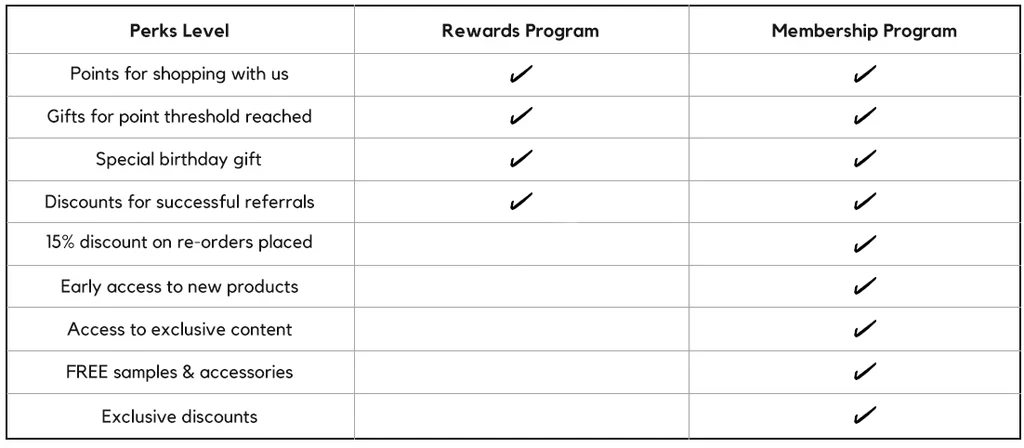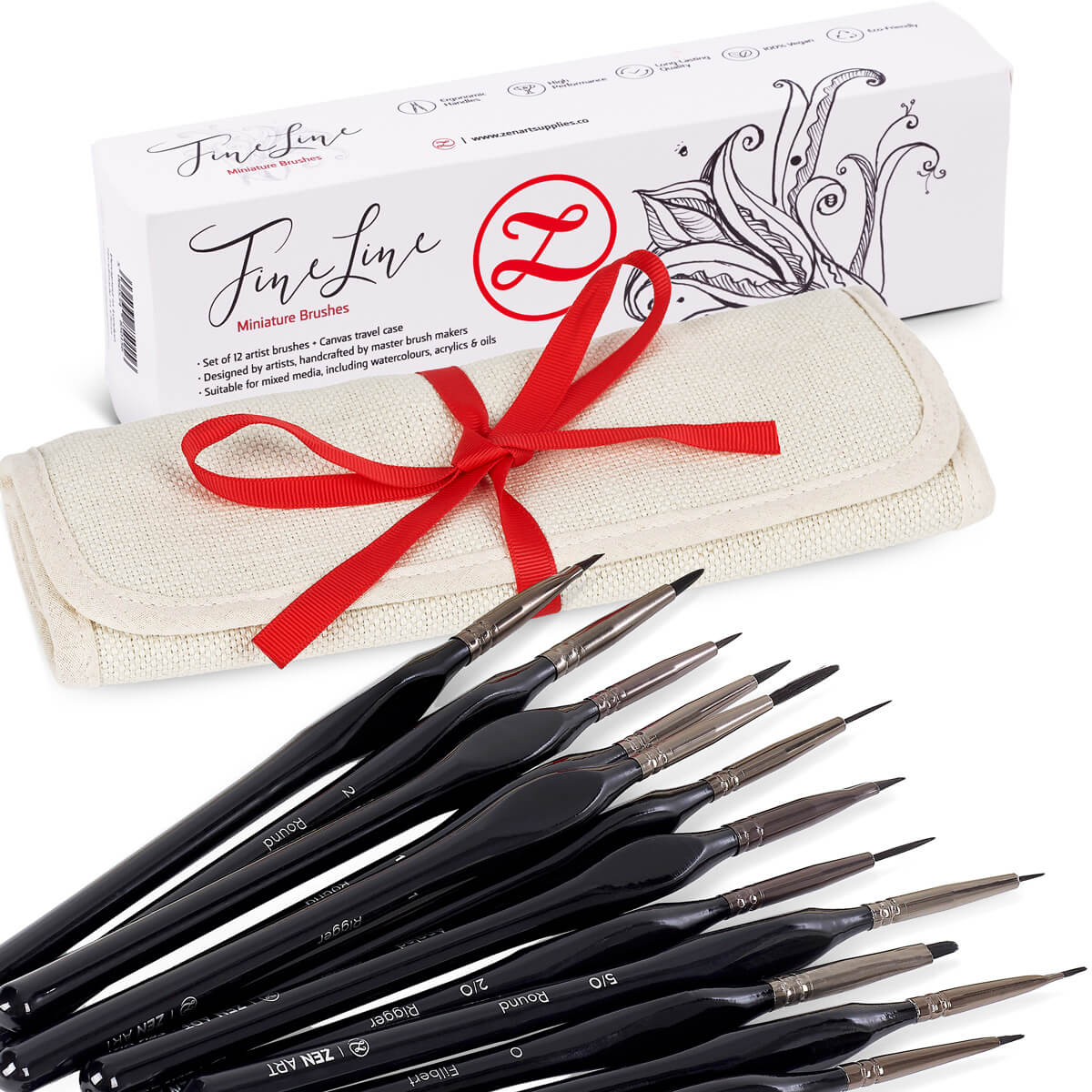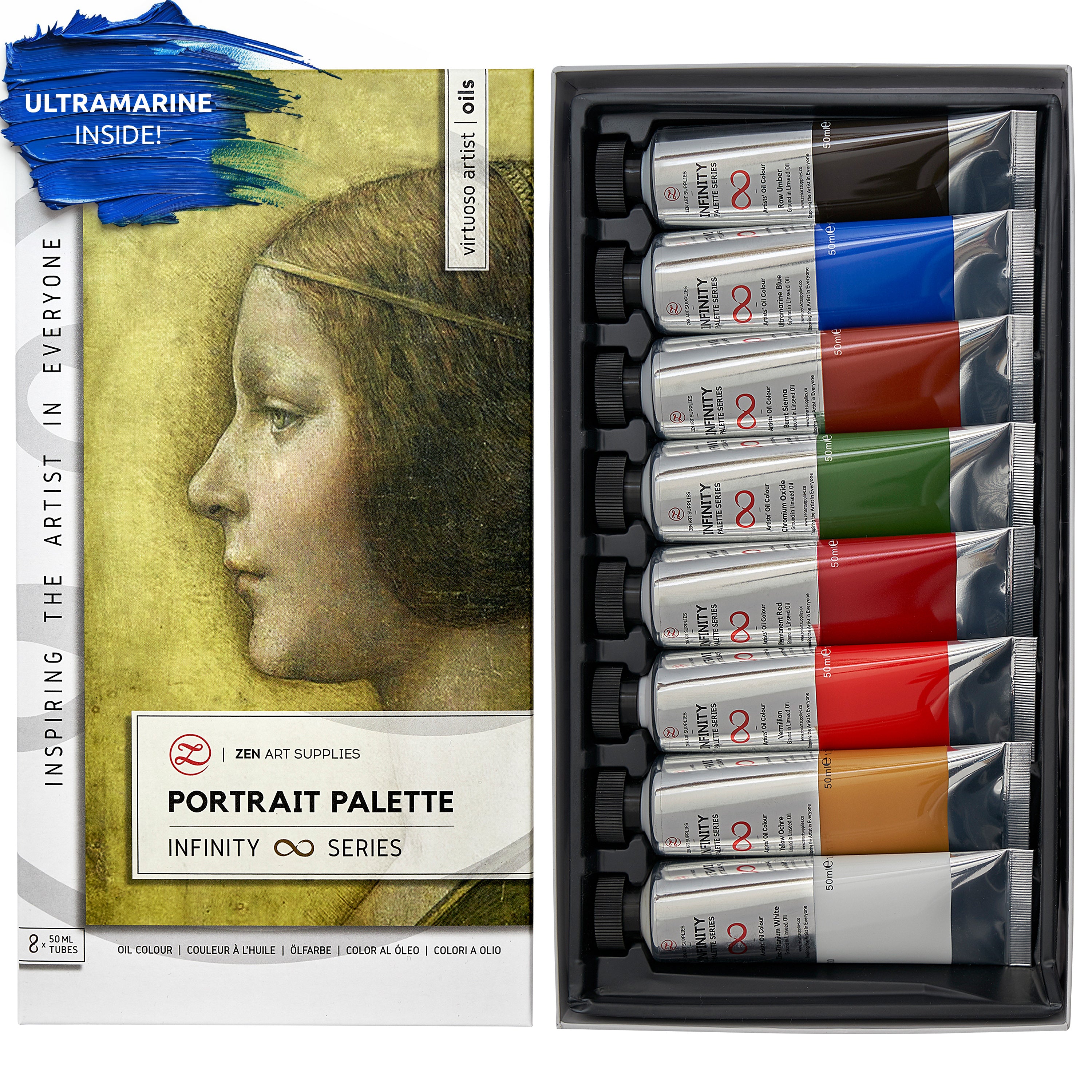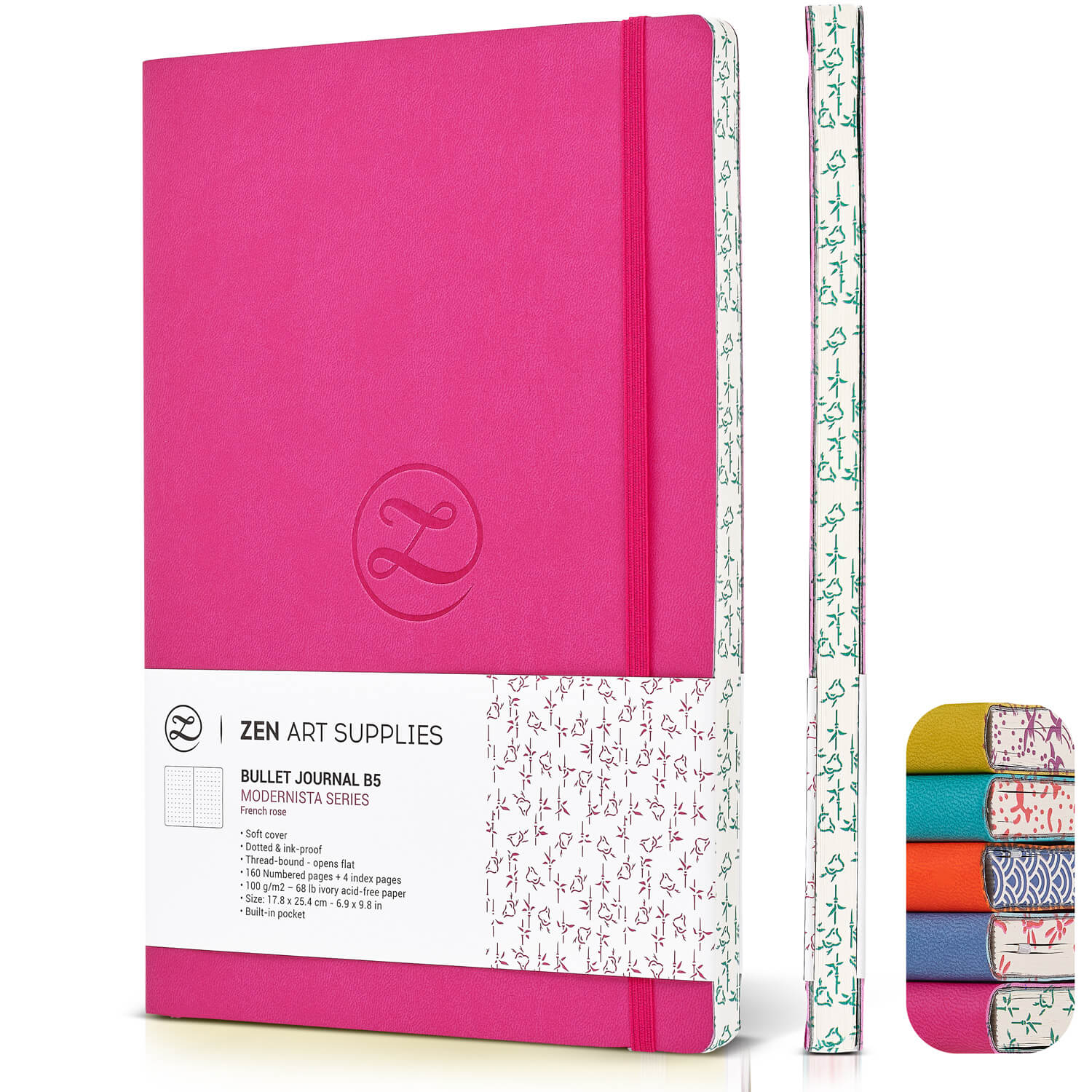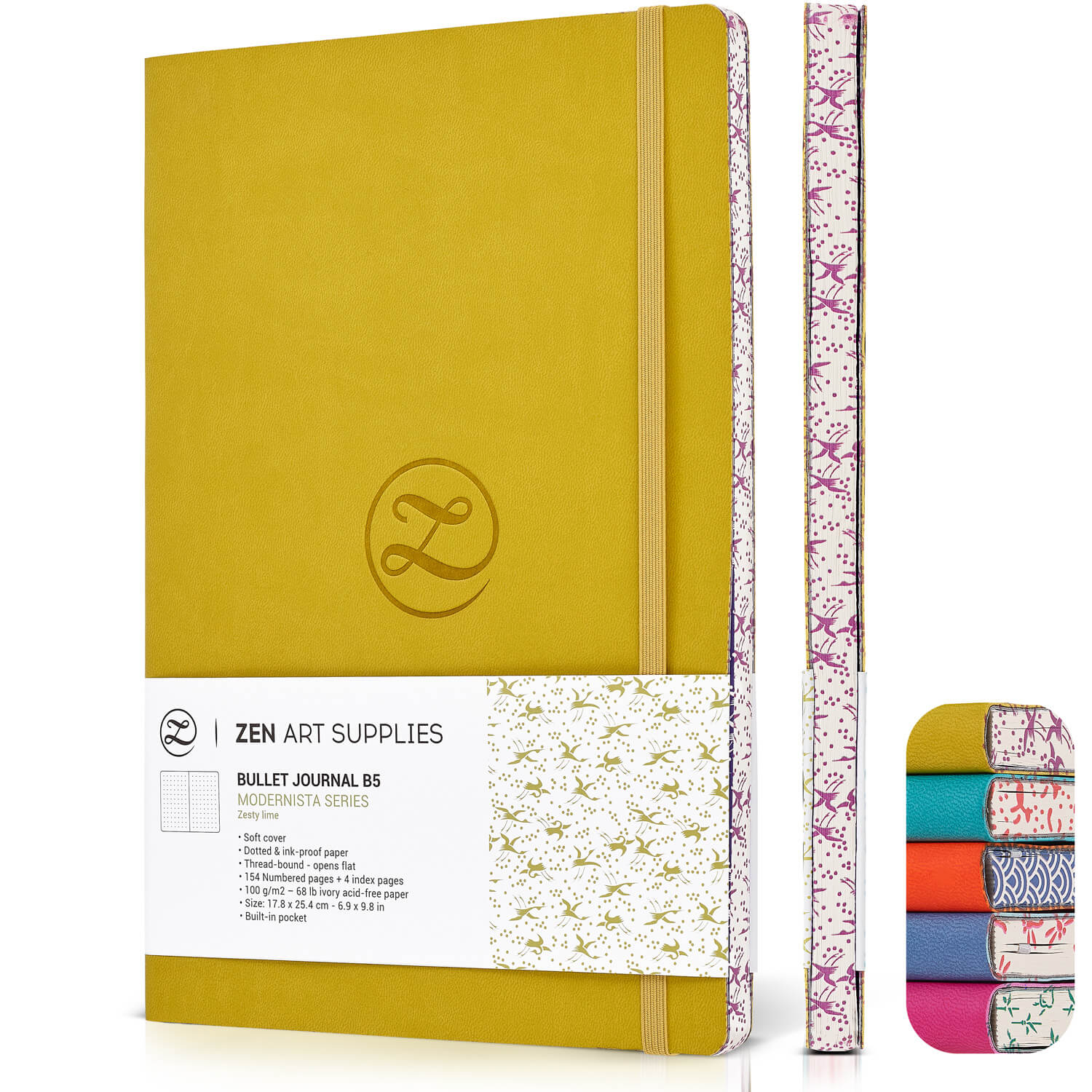No other artist in history has had such influence on the art world as Pablo Picasso. Everyone has heard of him. They may not know his work, but they know his name. The Spanish artist became one of the most renowned artists of his time, if not of all time.
You’ll recognize a Picasso painting for being, well, weird—deformed people and objects made of a vibrant mix of shapes. That’s Cubism for you. This revolutionary art style paved the way for new artistic possibilities like modern and abstract art.
You could say that, without Pablo Picasso, we wouldn’t have abstract art as we know it today. In honor of the great multi-hyphenate artist, let’s go through Pablo Picasso’s life one fun fact and famous work at a time.
What was Pablo Picasso known for?

"Every child is an artist. The problem is how to remain an artist once he grows up." - Pablo Picasso
Name: Pablo Ruiz Picasso
Date of Birth: October 25, 1881
Place of Birth: Málaga, Spain
Date of Death: April 8, 1973
Place of Death: Mougins, France
Known for: Painting the Guernica, pioneering Cubism, and changing the course of art history by making contributions to Symbolism and Surrealism
Fun facts about Pablo Picasso

Most people only know Pablo Picasso’s name, and that he was a great artist. But what about his life’s story? Learn a little more about one of the most influential artists of the 20th century—if not all time! Here are some facts about Pablo Picasso that you may or may not know.
Pablo Picasso’s full name is 23 words long!
Above, we shortened his name to include his mother’s maiden name and father’s last name. Pablo Picasso has such a fun name to say. It rolls off the tongue. But his baptismal name is a tongue-twister.
He was baptized Pablo Diego José Francisco de Paula Juan Nepomuceno María de los Remedios Cipriano de la Santísima Trinidad Ruiz y Picasso. Well, that was a mouthful. His name combines those of relatives and saints.
Pablo Picasso was born to María Picasso y López and art teacher Don José Ruiz y Blasco. His father was descended from minor Spanish aristocrats.
His first words may have foretold his legacy
According to his mother, young Pablo Picasso’s first words were “piz, piz” or a shortened form of lápiz, meaning “pencil.” And it was no wonder that young Pablo Picasso started to show artistic promise in his early childhood.
His father, José Ruiz, began teaching him formal art lessons. Pablo Picasso was only 7 years old when he started! Ruiz, however, was a traditionalist. He believed that true artistic training involved learning the techniques of the masters. Picasso’s early artistic education gave him theoretical and precise skills that he would, later on, abandon for more experimental and surreal forms.
He was seen as a bad student—but it’s now widely believed that he was dyslexic
Pablo Picasso was so engrossed in bettering his artwork that he neglected his schoolwork. He may have been a child prodigy in the arts, but he struggled to read, write, and keep up at school. So much so that he was often sent out of the classroom. During his punishment, Picasso would just pull out a sketchbook and draw.
He struggled to express himself through words and complained of constantly changing letters. A teacher even said he had “reading blindness.” All telltale signs of dyslexia, a learning disability that affects how a person processes speech and letters. But it doesn’t affect one’s intelligence—you can be smart in other ways, just as Picasso was an artistic genius.
Perhaps it’s his dyslexia that influenced his most famous Cubist works.
He stood trial for supposedly stealing the Mona Lisa
In 1911, the Mona Lisa was stolen from the Louvre Museum. The theft of Leonardo da Vinci’s enigmatic masterpiece caused a worldwide scandal that led to an intense investigation. The French borders were shut and for days a team of 60 detectives searched for clues and suspects. One of them was the avant-garde poet Guillaume Apollinaire who instead pointed the finger at his “friend” Pablo Picasso.
Though the two didn’t steal the Mona Lisa, they weren’t exactly innocent either. Picasso had two ancient—but stolen!—Iberian statues in his Paris apartment. Fearing deportation, Apollinaire and Picasso meant to dump the relics into the Seine. Eventually, they returned the statues to the Paris Journal hoping for immunity. The police detained Apollinaire and then Picasso anyway.
Pablo Picasso stood trial for the theft. But since neither he nor Guillaume Apollinaire was involved in the Mona Lisa’s disappearance, the judge let them go.
Two years later, the Mona Lisa resurfaced. It was stolen by a former Louvre employee, an Italian named Vincenzo Peruggia who believed Leonardo da Vinci’s work belonged in his home country.
Ironically, Pablo Picasso has the most stolen artworks in the world
According to the Guinness Book of World Records, Pablo Picasso is the most prolific painter—but he’s also the world’s most stolen artist. In his lifetime, Picasso created an estimated 13,500 paintings, 100,000 prints, 34,000 illustrations, and 300 sculptures.
From such a huge body of work, over 1,100 paintings are still missing.
The most recent finding? A possible lost Picasso was seen in the home of Imelda Marcos, the former first lady of the Philippines and widow of former president and dictator Ferdinand Marcos Sr.
Though best known for painting, Picasso was an all-around artist
Pablo Picasso is an archetypal artist. He never stopped creating and wasn’t afraid to try—and master—different art mediums and techniques. He considered himself primarily a painter, mostly working with oil paint, but he also dabbled in other art forms.
At the time of his death, Picasso left behind some 45,000 unsold artworks—a mix of paintings, prints, drawings, sculptures and ceramics, sketchbooks, and even tapestries.
He was quite notorious for having many mistresses

Portraits of Pablo Picasso's mistresses (left to right): Marie-Therese Walter, Françoise Gilot, and Jacquelin Roque
Almost every great artist had a muse who inspired them to create beautiful works. Pablo Picasso had many. He had two wives, six (well-known) mistresses, and a slew of short-term affairs. The many women who came in and out of Picasso’s life inspired his work and artistic process. Emotion and eroticism become central themes in his work, after all.
We see these muses immortalized in his work: bohemian artist Fernande Olivier, model Eva Gouel, ballet dancer and first wife Olga Khokhlova, model Marie-Thérèse Walter, surrealist photographer Dora Maar, artist Françoise Gilot, and his second wife Jacqueline Roque.
His relationships were complicated, to say the least. Some women later opened up about their relationships with the artist. His treatment of women leaves a lot to be desired.
Picasso was survived by four children through three women: Paulo with Olga Khokhlova, Maya with Marie-Thérèse Walter, and Claude and Paloma with Françoise Gilot.
Picasso’s art style was always changing

So why is Pablo Picasso one of the most celebrated artists in history? Just take a look at his progression throughout his colossal body of work.
He once said, “It took me four years to paint like Raphael, but a lifetime to paint like a child.” We see this childlike style emerge over several artistic periods.
Early Works
For the first two decades of his life, Picasso painted in a realist style. This traditional and academic style was taught to him by his father. He mostly enjoyed painting portraits and Catholic scenes and imagery.
Blue Period (1901-1904)
Abandoning realism, Picasso’s works become sad and, well, blue. This period often shows gaunt figures in despair or poverty—influenced by his friend Carles Casagemas’ suicide and a trip through Spain.
Rose Period (1904-1906)
Picasso’s art quite literally lightens both in color and by subject matter. As the name suggests, Picasso’s Rose Period is characterized by his use of oranges, pinks, and reds. If it’s a Picasso with circus people, it’s likely from this period.
African Art Period
Inspired by Oceanic and African artifacts at the Ethnographic Museum, Pablo Picasso let go of a traditional portrayal of human figures. Though Picasso’s African period maintains the warm color palette of the Rose Period, his forms are more geometric and abstracted. Much like African masks and statues.
Analytical Cubism
Picasso’s Cubist period can be divided into two: Analytical Cubism and Synthetic Cubism. Together with Georges Braque, Pablo Picasso created a style that would change all of modern art. They “analyzed” objects, took them apart, and recreated their shapes on the canvas. This period is characterized by monochromatic palettes and geometric forms.
Synthetic Cubism
Also known as Crystal Cubism, as the paintings resembled little gems, this style was a further development of cubism. Picasso would often cut and paste paper shapes to form images. His work in this period is more colorful and even marks the first use of collage for fine art.
Neoclassicism
In 1917, Picasso visited Italy for the first time and was inspired by Renaissance paintings. He began to adopt a style that revived classical Greco-Roman art. Yet in true Picasso fashion, his figurative paintings have some feel of abstraction to them.
Surrealism
Following his neoclassic era, Picasso went back to, well, painting weirdly. His style at this time was classified as surrealist—distorted faces, features, and bodies. Picasso may not have been a surrealist but his paintings heavily influenced artists from this movement.
War and Post-War Years
For the next two decades, war broke out across Europe. First, the Spanish Civil War and then World War II. During this time, Picasso’s works are heavily affected by the terror, inhumanity, and despair of war. Picasso also wrote poetry to cope with what was happening.
Later works
Picasso never stopped painting and experimenting with his art style. His later works up until his death can’t even be categorized into specific art styles. Though mature in age, his later and final works look a lot more childlike, while still drawing from his previous periods.
Famous paintings throughout Pablo Picasso’s art periods
Picasso was a pioneer of Cubism and modern art in general. He never stayed stuck in one style for too long. His style is always moving and changing. Let’s look at some of his most famous works throughout the major art periods of his life.
Portrait of the Artist’s Mother (1896) Museu Picasso, Barcelona, Spain

Before he began experimenting with art styles, Picasso painted like the maestros—with close attention to detail and realistic proportions and forms. One of Picasso’s most beautiful portraits is this one which he made for his mother, María Picasso López. The two were quite close during his childhood. Here we see the artist’s mother sleeping. It’s such a simple yet vulnerable and sweet moment.
Another fun fact: Pablo Picasso used his mother’s surname not just to honor her but also to distinguish himself from his artist father.
The Old Guitarist (1904) Art Institute of Chicago, U.S.

The image of the guitar becomes a recurring motif in Picasso’s work throughout his life. This one is perhaps the most famous painting from Picasso’s Blue Period—a time of great emotional pain for the artist. Like many paintings from this time, The Old Guitarist is almost completely done in blue colors. This painting is so poignant. Though old and weak, the guitarist holds on to hope: his music.
Portrait of Gertrude Stein (1906) Metropolitan Museum of Art, New York, U.S.

“Rose is a rose is a rose is a rose,” once wrote American poet Gertrude Stein. And here she is, painted by Pablo Picasso during his Rose Period.
The famous writer was also an avid collector and patron of the arts. Gertrude Stein’s friendship and patronage paved the way for Picasso’s success during the Belle Époque in Paris.
Every Saturday evening, she would open her home—fondly called the Stein salon—to the greatest minds, artists, and writers of the century. She entertained the likes of Pablo Picasso, Ernest Hemingway, the Fitzgeralds, Henri Matisse, and Francis Picabia. The gatherings at the Stein salon fueled the birth and rise of modernism in literature and art.
Les Demoiselles d’Avignon (1907) Museum of Modern Art, New York, U.S.

This painting marks a radical shift not just for Picasso’s style but for modern art as a whole. Picasso foregoes traditional perspective and composition and instead focuses on expression. In Les Demoiselles, we see five nude women whose faces and bodies were inspired by African masks and Iberian sculpture. Hence, Picasso’s African period.
Les Demoiselles d’Avignon marks the beginning of Picasso’s breakthrough before Cubism. Picasso’s groundbreaking painting shattered all conventions and remains an essential piece in the history of modern art.
Girl with Mandolin (1910) Museum of Modern Art, New York, U.S.

Here’s one of Picasso’s early works in the Analytic Cubist style. It’s a peak example of his (alleged) quote, “Learn the rules like a pro, so you can break them like an artist.”
Just like with figure painting, Picasso sat down and painted the subject directly in front of him. But with some pretty radical modifications. He “analyzed” the subject and deconstructed it into geometric shapes. Thus, he developed a new way of representing a subject through painting. Compared to his other works, Picasso’s cubist era takes on monochromatic colors to form a unified image.
Still Life with Chair Caning (1912) Musée Picasso, Paris, France

This may look like a hodgepodge of shapes and letters. In a way, that’s exactly what Picasso intended. And that’s what makes this a notable piece in modern art. Picasso followed the style of his co-Cubist Georges Braque and created one of the first instances of collage in fine art.
It’s an avant-garde move on Picasso’s part. He took a still life of an everyday occurrence and remade it in his own style. It’s hard to see at first, so take a longer look. Spot and identify the objects Picasso aims to represent. Can you see the knife, the bowl, the glass, the fruit, the paper, and the pipe?
Two Women Running on the Beach (The Race) (1922) Musée Picasso, Paris, France

Before Picasso went full-on surrealist, he had a neoclassical phase. As an art movement, Neoclassicism was a revival of, well, the classic style of Rome and Greece. Think the Renaissance of the Renaissance.
Picasso had just come from a trip to Italy and was inspired to paint timeless themes and scenes from antiquity. But we’re talking about Picasso, so his paintings from this time weren’t exactly classical. They still have distorted figures, though not as pronounced as what he did during his Cubist period.
The scene feels Greco-Roman. You’re reminded of mythological nymphs. But Picasso adds his stylistic twist: a skewed perspective, a playful disregard for bodily proportion.
Guernica (1937) Museo Reina Sofia, Madrid, Spain

Now onto what’s said to be Picasso’s most powerful political statement: the colossal Guernica. A masterpiece that would become the most moving anti-war painting of all time. It was created to depict the horror, despair, and inhumanity of war. Picasso painted this massive work in his Paris home as a response to the bombing of the Basque town Guernica during the Spanish Civil War.
The distorted forms and faces lend to the pain of the piece. At a mammoth size spanning 11 feet (3.5 meters) tall and 25.6 feet (7.7 meters) wide, one’s natural response to seeing the work is to be overwhelmed with grief.
Chicago Picasso (1967) Daley Plaza, Chicago, U.S.

It’s difficult to classify and condense Picasso’s late work into one specific style or most famous piece. So we’ll leave you with another one of his controversial works. This time, a monumental sculpture.
Picasso was commissioned by architects of the Richard J. Daley Center in downtown Chicago to decorate the plaza. As with many of Picasso’s works, the steel sculpture was met with negative criticism. Prior to its unveiling, public statues around the city were mostly of historical figures. It was Pablo Picasso’s untitled monument that made Chicagoans first encounter—and later love—contemporary art.
What’s your favorite Pablo Picasso painting?
We hope you enjoyed looking into the life and works of Pablo Picasso. Now we’d like to know what you think about him! Any favorite paintings or pieces from his life? Which of his art periods is your favorite? Sound off in the comments below!
Want more art history lessons? Check out our Inspiration section for more stories on famous artists and our Toolkit section for tips and tricks to paint and draw like a pro!







